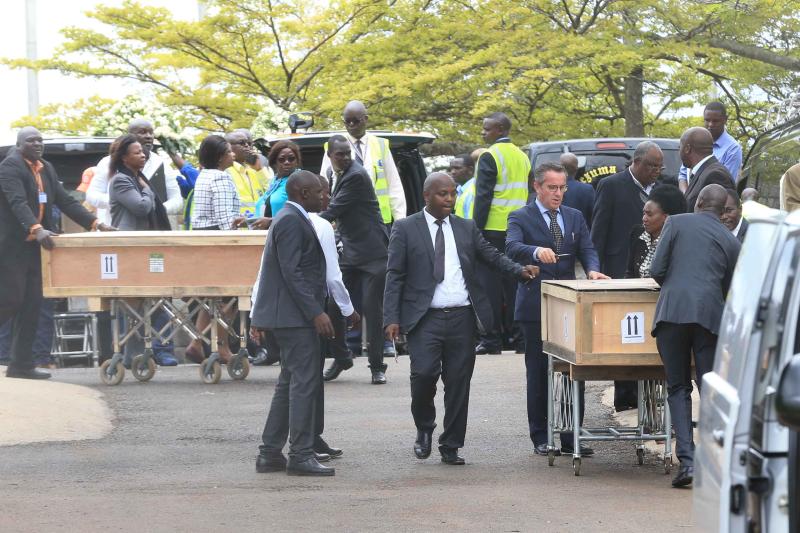×
The Standard e-Paper
Join Thousands of Readers

After seven months wait, family and friends finally gathered on the slopes of Mt Kenya in Burguret village in Nanyuki, to pay their last respects to a slain former journalist.
The remains of Anthony Ngare, a former journalist arrived home for interment on October 18. His remains had been flown four days earlier and handed over to the family which had been eagerly waiting for this moment since the horrific crash of Ethiopian Airlines Flight ET302, eight minutes after take off from Addis Ababa on March 10.